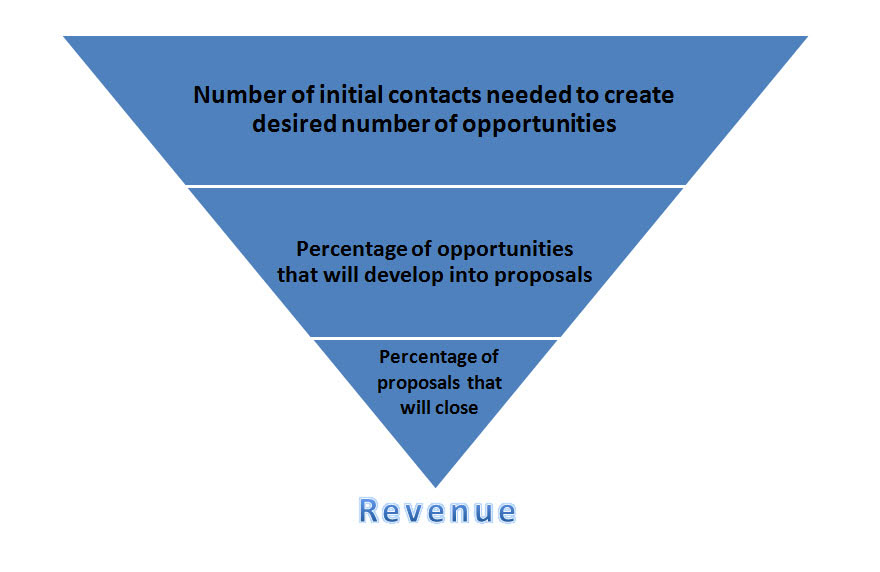Photo by Luke Chesser on Unsplash
Well designed metrics strengthen performance by improving morale, promoting accountability and encouraging creativity. The key is identifying measures that provide relevant information which can be used to guide and modify activities and behaviors. Well designed metrics provide insight for decision making but there is a point of diminishing returns. As Theodore Levitt observed, “The more abundant the information, the less meaning it will yield.”
Well designed measurements in an organization benefit employees in several ways:
Measurement is good for morale: it may seem contradictory, but people want to know what is expected of them and they want to know how well they’re performing. Quantifiable measures give employees reliable feedback in a consistent way.
Measurement promotes accountability & transparency: even the best performers will tell you they do better when they know their performance is being monitored and measured. It enables them to identify issues and make changes before problems get too big.
Measurement promotes creativity: in an odd way, metrics actually promote learning & creativity, because an individual can try new things and determine whether or not they’re working and how they might need to be tweaked.
Creating a culture of measurement is an important part of any business strategy and every role in an organization can be enhanced by attaching meaningful and applicable measurements.





